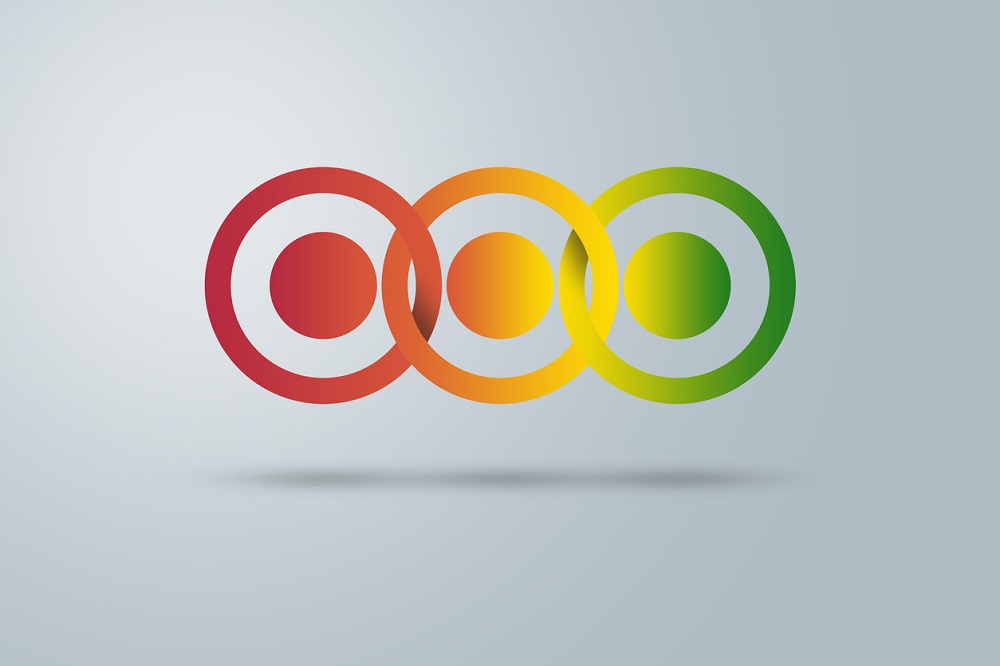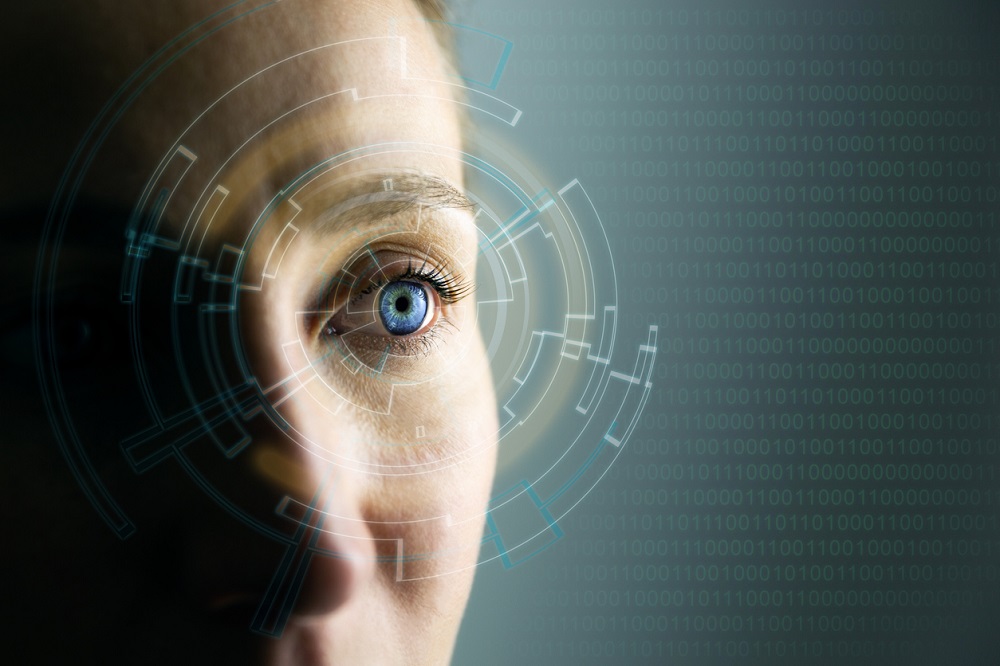We are creatures of habit, so learning and change can be a tricky thing to drive. Some kinds of change are harder to implement than others. Single, double and triple loop learning, as defined by Argyris & Schön in 1974 can be a helpful way of understanding how we become stuck, and why, when, and how transformational learning is more likely to occur.
Gaining an understanding of what these three levels mean, can help support our thinking about what drives learning and change most effectively. Welcome to the theory of single, double and triple loop learning.
- Single loop learning tends to focus on improving what we already do and how we action.
- Double loop learning focuses more on our assumptions or the frame we hold as we move forward and act.
- Triple loop learning gets much more to the heart of the matter. It requires more reflective questioning and deep curiosity about what is going on for us. Triple loop learning often challenges our biases, blind spots, hidden beliefs, real wants and goes straight to the core of things. Triple loop learning focuses on deeper issues, the why behind our motivation and actions, identifying purpose and the values that are important to us. It often changes how we see ourselves at a core level, shifting our thinking and consequent actions.
What is single loop learning?

Also called incremental improvement, single loop learning means continually improving your skills and the way you do things to reach your goals more efficiently. At this stage you’re simply reacting. But are you doing it right?
Single loop learning means adapting your responses and arguments when they don’t work, exploring different ways to create the same message. Imagine you give something a go, but it doesn’t work. You might give it another go, doing it more determinedly. You might repeat your point in several ways to see if any of them strike a chord. You might just keep on and on and on… and on! You may think you’ve made your point very powerfully. But it doesn’t work. Nothing has changed.
Next, you might try something different. You find more reasons, try to influence the situation. You might plead or you pull rank… some people even make threats. But you still can’t get the person or team to agree with you. This is called single loop learning. You keep going on the same similar track or keep trying to solve a problem without questioning what you are doing. If it doesn’t deliver the desired results, you might need to try double loop learning.
What is double loop learning?

Double loop learning involves thinking differently to break through roadblocks. At this stage you examine your own framing. Are you doing the right things?
Double loop learning means you fundamentally reshape your own thinking patterns, changing goals, tactics and strategies to get the breakthrough you want. You’ll have to examine your own assumptions honestly, consider fresh ways of thinking about the issue, and open up the field for new behaviours.
It takes courage. This is more of a challenge than single loop learning because you might have to do some changing yourself, and that’s often tricky. You might find you need to acknowledge that the other person or people are right, and your view of things is not serving you or others. It might turn out there’s one or more solutions that will work better than yours. Think about it calmly and clearly. Are you being flexible enough? Can you present the situation in another way? Can you change the goals you’re chasing so the problem gets solved?
If not, triple loop learning is your next stage, and it’s the most transformative and challenging.
What is triple loop change?

Triple loop learning is the most difficult of all to master. It’s all about transforming who you are, in other words shifting your own context, your identity, even your point of view about yourself or the situation. It is about openness to finding new or even radical perspectives.
Triple loop learning leads you to move to a different way of being and make new options, helping change the broader context at the same time. It can lead you to an exciting place where your own thinking, goals and strategies flex to open up new possibilities around the way you behave. It’s about changing your usual way of being. It could mean you move yourself from a negative, frustrating competitive, win-lose position to being curious about what the situation can teach you about yourself and the things you want to change.
If you’d like to see it formalised in a graphic way, this is a useful video about single, double and triple loop learning in relation to the topic of feedback.
We’ll help you work effectively with the three ways to learn and change
Are you struggling to change your perspective or finding it hard to see the wood for the trees? Our coaching can help you shift your thinking, access new learning, and bring about different outcomes. Do get in touch.
About us:
We create the space for leaders to step back, think clearly, and navigate complexity with confidence. By sharpening the narrative that drives decisions, teams, and performance, we help leaders move forward with clarity and impact. Our approach blends deep listening, incisive challenge, and commercial focus—strengthening leadership at every level, from business transformation to boardroom decisions.
“We share resources that help coaches deepen their practice and expand their impact. The articles on this site are designed to spark fresh thinking, offer practical tools, and support the continuous growth of coaches at every stage. “
Jude Elliman
Founder
Our Core Approach:
We work with leaders to sharpen their thinking, strengthen their leadership, and navigate complexity with confidence. Our approach is built around three core areas:
Narrative Coaching – Working with the stories that shape leadership, teams, and organisations.
Commercial Focus – Cutting through complexity to drive clear, strategic decisions.
Challenge & Space – Asking the right questions while creating the space to reflect and grow.
Through this, we help leaders drive transformation, align teams, and make high-stakes decisions with clarity and impact.
